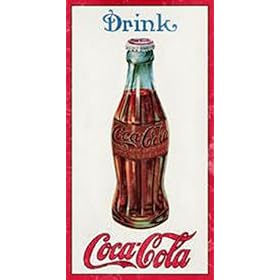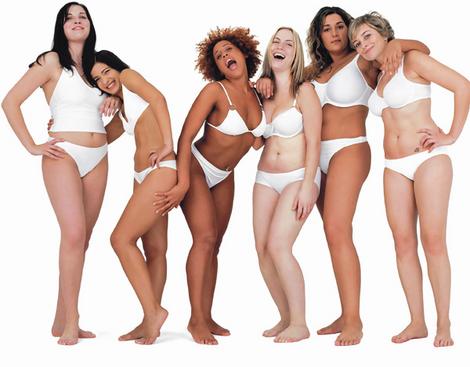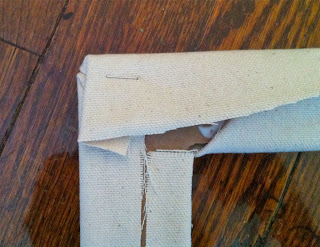Lately, I've been fascinated by long skirts. It's my obsession of the moment- these long skirts. I just keep picturing myself all bohemian and carefree on a California beach with my skirt and hair flying in the wind... One can dream.
Long skirts are definitely something you want in your wardrobe. They are versatile and easy to wear. Right now, I'm planning on adding a long slim dark skirt in either black, brown, or dark grey that I can pair with a loose or blousy top for a slightly dressed up, but still casual look. As well as a slightly more A-line skirt in a fun pretty pattern that I can wear with a simple tee or tank top and go to the Farmer's Market. I spent the whole day shopping yesterday trying to find the perfect one but couldn't find anything worth spending money on. There was always something just not right about it.
So today, I decided to go make my own. I had tried on this skirt from Old Navy, (I know! Old Navy! But I'm the type of person who finds what I like regardless of where I find it.) But the problem was one: it was a little too long for my short stature, and two: the colors were just a bit too dark and muted for something summery.
However, I have to say, there is a huge, huge trend in ikat prints. I may be just a little bit late to the game. I remember reading in a Vogue somewhere like, four years ago, that ikat was in and they mentioned something about Turkey (the country) and I can just recall thinking, "Ew, that is one ugly print." Granted, the example they showed was a mess of green, yellow, orange, and brown, and honestly, it looked like vomit. So since then, I consciously resisted getting into ikat.
Of course, I had to buy these pillows, and suddenly, I realized, ikat is amazing! It's gorgeous, it's different, it comes in all colors, it's awesome!
Plus, upon further research on Wikipedia, I found this snippet:
"Ikat weaving styles vary widely. Many design motif may have ethnic, ritual or symbolic meaning or have been developed for
export trade. Traditionally, ikat are symbols of status, wealth, power
and prestige. Because of the time and skill involved in weaving ikat, some cultures believe the cloth is imbued with magical powers." http://en.wikipedia.org/wiki/Ikat
Magical powers! Prestige! Status! How could you possibly say no to all that in a simple, beautiful woven design?
So yeah, I bought a sheer crinkly fabric in blue and white ikat. It's so beautiful and I'm terrified to cut it now in case I screw it up royally... much like I do with most of my sewing project. (Ha. Not.)
That's not to say that I didn't have to keep resisting ikat. I did, but only because I wanted it. Oh, so bad. Ikat prints and color under the sun, just beckoning to me.
Do you like ikat? Do you prefer it for apparel or home decor? I think it's perfect for both as long as you use it in moderation. It's a big bold print and trust me, it'll be flattering on all figures.
For those who want to learn more, here's an excerpt from Wikipedia about the ikat process:
"Ikat, or Ikkat, is a dyeing technique used to pattern textiles that employs a resist dyeing process similar to tie-dye on either the warp or weft fibres.
Bindings, which resist dye penetration, are applied to the threads in
the desired patterns and the threads are dyed. Alteration of the
bindings and the dyeing of more than one color produce elaborate,
multicolored patterns. When all of the dyeing is finished the bindings
are removed and the threads are ready to be woven into cloth.
The defining characteristic of ikat is the dyeing of patterns, by
means of bindings, into the threads before cloth construction, the
weaving of the fabric, takes place. Herein lies the difference between
ikat and tie-dye. In tie-dye the fabric is woven first and the resist
bindings are then applied to the fabric which is dyed.
Ikat is a near universal weaving style common to many world cultures.
Likely, it is one of the oldest forms of textile decoration." http://en.wikipedia.org/wiki/Ikat






















